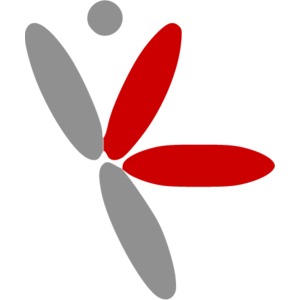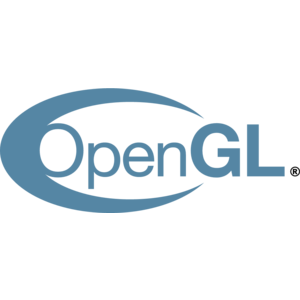About Valkka
Why this library?
So, yet another media player? I need to stream video from my IP camera into my python/Qt program and I want something that can be developed fast and is easy to integrate into my code. What’s here for me?
If you just need to stream video from your IP cameras, decode it and show it on the screen, we recommend a standard media player, say, VLC and its python bindings.
However, if you need to stream video and simultaneously (1) present it on the screen, (2) analyze it with machine vision, (3) write it to disk, and even (4) recast it to other clients, stock media players won’t do.
Such requirements are typical in large-scale video surveillance, management and analysis solutions. Demand for them is growing rapidly due to continuous decline in IP camera prices and growing computing power.
As a solution, you might try connect to the same camera 4 times and decode the stream 4 times - but then you’ll burn all that CPU for nothing (you should decode only once). And try to scale that only to, say, 20+ cameras. In order avoid too many connections to your IP cameras (this is typically limited by the camera), you might desperately try your luck even with the multicast loopback. We’ve been there and it’s not a good idea. And how about pluggin in your favorite machine vision/learning module, written with OpenCV or TensorFlow?
Valkka API
Valkka will solve the problem for you; It is a programming library and an API to do just that - large scale video surveillance, management and analysis programs, from the comfort of python3.
With Valkka, you can create complex pipings (“filtergraphs”) of media streams from the camera, to screen, machine vision subroutines, to disk, to the net, etc. The code runs at the cpp level with threads, thread-safe queues, mutexes, semaphores, etc. All those gory details are hidden from the API user that programs filtergraphs at the python level only. Valkka can also share frames between python processes (and from there, with OpenCV, TensorFlow, etc.)
If you got interested, we recommend that you do the tutorial, and use it together with the PyQt testsuite, and the example project as starting points for your own project.
This manual has a special emphasis for Qt and OpenCV. You can create video streaming applications using PyQt: streaming video to widgets, and connect the signals from your machine vision subprograms to the Qt signal/slot system - and beyond.
For more technical information, check out the library architecture page
Finally, here is a small sample from the tutorial. You’ll get the idea.
main branch, streaming
(LiveThread:livethread) --> ----------------------------------+
|
|
{ForkFrameFilter: fork_filter} <----(AVThread:avthread) << ---+ main branch, decoding
|
branch 1 +-->> (OpenGLThread:glthread) --> To X-Window System
|
branch 2 +---> {IntervalFrameFilter: interval_filter} --> {SwScaleFrameFilter: sws_filter} --> {RGBSharedMemFrameFilter: shmem_filter}
|
To OpenCV <--------+
The Project
In Valkka, the “streaming pipeline” from IP cameras to decoders and to the GPU has been completely re-thinked and written from scratch:
No dependencies on external libraries or x window extensions (we use only glx)
Everything is pre-reserved in the system memory and in the GPU. During streaming, frames are pulled from pre-reserved stacks
OpenGL pixel buffer objects are used for texture video streaming (in the future, we will implement fish-eye projections)
Customized queueing and presentation algorithms
etc., etc.
Valkka is in alpha stage. Even so, you can do lot of stuff with it - at least all the things we have promised here in the intro.
Repositories are organized as follows:
valkka-core : the cpp codebase and its python bindings are available at the valkka-core github repository. The cpp core library is licensed under LGPL license see here.
valkka-examples : the python tutorial and PyQt example/testsuite are available at the valkka-examples github repository. MIT licensed.
For more, see here.
All functional features are demonstrated in the tutorial which is updated as new features appear. Same goes for the PyQt testsuite.
Near-term goals for new features are:
Interserver communications between Valkka-based server and clients
ValkkaFS filesystem, designed for recording large amounts of video (not yet fully operational / debugged)
Synchronized recording of video
Fisheye projections
Support for sound
Valkka is based on the following opensource libraries and technologies:


